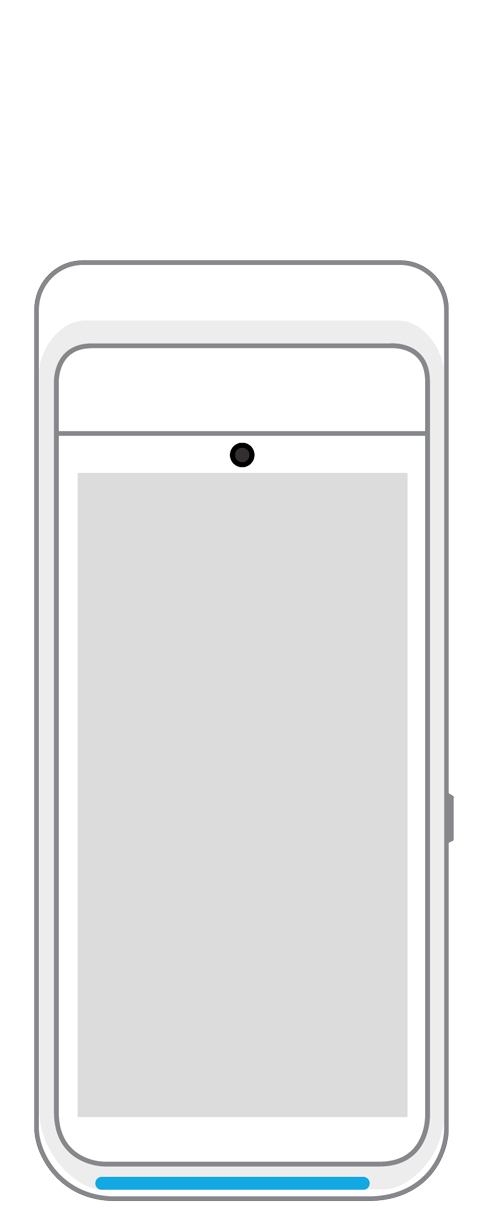Know Your Funding Options

 The world of small business lending has been evolving as people have started to gravitate toward non-traditional forms of lending. With 50% of small businesses not getting the loans they applied for through traditional banks, it should not be a surprise that business owners are looking elsewhere.
The world of small business lending has been evolving as people have started to gravitate toward non-traditional forms of lending. With 50% of small businesses not getting the loans they applied for through traditional banks, it should not be a surprise that business owners are looking elsewhere.
According to cnbc.com, the average government-guaranteed loan from the Small Business Administration (sba.gov) three years ago was nearly $338,000 – with many businesses seeking less than $100,000. Many of those smaller dollar amount loans, and the business owners asking for them, are now being funded by alternative sources like crowdfunding and crowdlending.
They may sound very similar, but they are as different as night and day. Let us take a closer look at each of the alternative funding options.
Crowdfunding allows business owners to provide rewards in exchange for monetary support. Instead of repaying whatever money they raise, they repay their backers with offers of incentives that are tied to the idea/business that is attempting to get funded. There are a number of websites and programs that work exclusively on crowdfunding, with the most famous being Kickstarter. In 2013, the crowdfunding industry grew to more than $5.1 billion worldwide.
Pluses of crowdfunding include:
- Offering product, merchandise and mementos instead of momentary rewards for investing in the company/idea.
- Reduces risk for the business owner.
Negatives of crowdfunding include:
- Many platforms (Kickstarter, Indiegogo) charge fully funded campaigns on their platform five percent of total funds raised.
- There is possible legal action if you don’t complete your project or fail to fulfill promised perks.
Please note that if you’re looking to fund new employees, renovate or want to pump up the marketing budget, you should look at other funding options because crowdfunding sites don’t typically support these types of efforts.
Crowdlending is peer-to-peer (P2P) loans and, unlike crowdfunding, the investors are paid back with money and not product. These types of loans are typically unsecured and are run through a financial intermediary, like Lending Club and Prosper, that is funded by a group of individuals looking to invest their own money. Most loans are issued with three- or five-year terms, and range from $1,000 to $35,000 with fixed monthly payments.
Pluses of crowdlending include:
- Fixed payments that give borrowers something to budget against.
- Interest rates are lower for those with stellar credit.
Negatives of crowdlending include:
- Higher rates for the riskiest borrowers.
- New loan fees range from one to five percent of the total loan amount.
There are a number of resources online that can help guide you through the P2P loan process, including an eBook from Lendingmemo.com. Do your research to make sure you select what is best for your business.
Related Reading
 3-in-1 Reader |  Terminal |  Keypad |  PINPad Pro |  Flex |  POS+ | |
|---|---|---|---|---|---|---|
Payment types | ||||||
EMV chip card payments (dip) | ||||||
Contactless payments (tap) | ||||||
Magstripe payments (swipe) | ||||||
PIN debit + EBT | ||||||
Device features | ||||||
Built-in barcode scanner | ||||||
Built-in receipt printer | ||||||
Customer-facing second screen | ||||||
External pinpad | ||||||
Wireless use | ||||||
Network | ||||||
Ethernet connectivity | With dock | |||||
Wifi connectivity | ||||||
4G connectivity | ||||||
Pricing | ||||||
Free Placement | ||||||